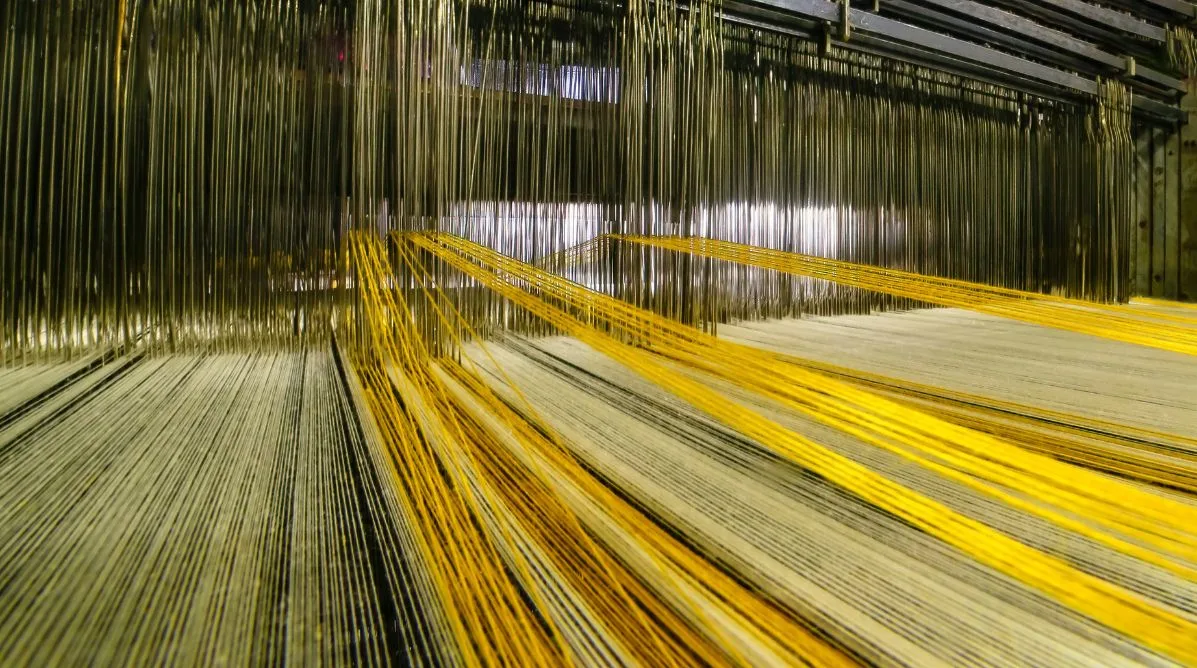
The Timeless Art of Jacquard Weaving: A Historical and Craftsmanship Journey
What is Jacquard Weaving and Its Historical Significance?
Jacquard weaving is an ancient craft technique used to create intricate patterns and designs in fabrics. It has been around since the early 1800s, when Joseph-Marie Jacquard invented the first automated loom. Since then, jacquard weaving has been used to make beautiful fabrics for clothing, home décor, and other items. The historical significance of this craft lies in its ability to produce more complex patterns than was possible with manual looms. This enabled artisans to create intricate designs that could not be achieved by hand-weaving alone. As a result, jacquard weaving has become a popular choice for creating luxurious fabrics with unique designs.
An In-depth Look at How Jacquard Weaving is Done
Jacquard weaving is an old yet sophisticated technique of weaving patterns into fabric. It involves the use of a jacquard loom, which is a type of mechanical loom that uses punched cards or computerized instructions to weave intricate designs. This technique has been used for centuries and is still used today to create beautiful and intricate designs on fabrics.
To create a Jacquard weave, the design is first created on a punch card. Each hole on the punch card represents a thread in the weave. The card is then placed on the loom, and as the fabric is woven, the card controls each thread to create the desired pattern.
The Rise of Computer-Aided Design and the Impact on the Art of Jacquard Weaving
In recent years, the art of Jacquard weaving has been influenced by computer-aided design. The punch card system has been replaced by computer software that can create intricate designs with greater precision and speed.
While computer-aided design has made Jacquard weaving more efficient, it has also raised concerns about the loss of traditional craftsmanship. Many artisans believe that the use of computers has taken away from the artistry and skill required for Jacquard weaving.
Jacquards Uses Across Different Cultures and Eras
Jacquards are traditional fabrics with a rich heritage and cultural significance. They have been used for centuries in different cultures to create beautiful and intricate designs. From traditional weaving techniques to modern uses, jacquards have been an integral part of many cultures around the world.
The use of jacquards has evolved over time and has become a popular choice among fashion designers, interior decorators, and textile enthusiasts alike. In Europe, Jacquard weaving was used to create luxurious fabrics for clothing and home decor. In Asia, it was used to create intricate tapestries and wall hangings. From traditional weaving techniques to modern uses, jacquards have been used in various ways across different eras and cultures.
What Makes Jacquards Such a Timeless Art Form?
Jacquard weaving has stood the test of time because of its ability to create intricate and beautiful designs. It requires a high level of skill and attention to detail, which has been passed down through generations of weavers.
Jacquard weaving is also timeless because it is versatile. It can be used to create a variety of fabrics, from elegant tapestries to modern upholstery. The art of Jacquard weaving continues to evolve and adapt to new trends and styles, while still honoring its rich history and traditions.
To sum up, the intricate designs and skilled craftsmanship of Jacquard weaving have captured the hearts of people for centuries. Although the use of computer-aided design has impacted the art of Jacquard weaving, it has also brought new possibilities for creativity and innovation. In essence, Jacquard weaving is an art form that has stood the test of time in the textile industry.





